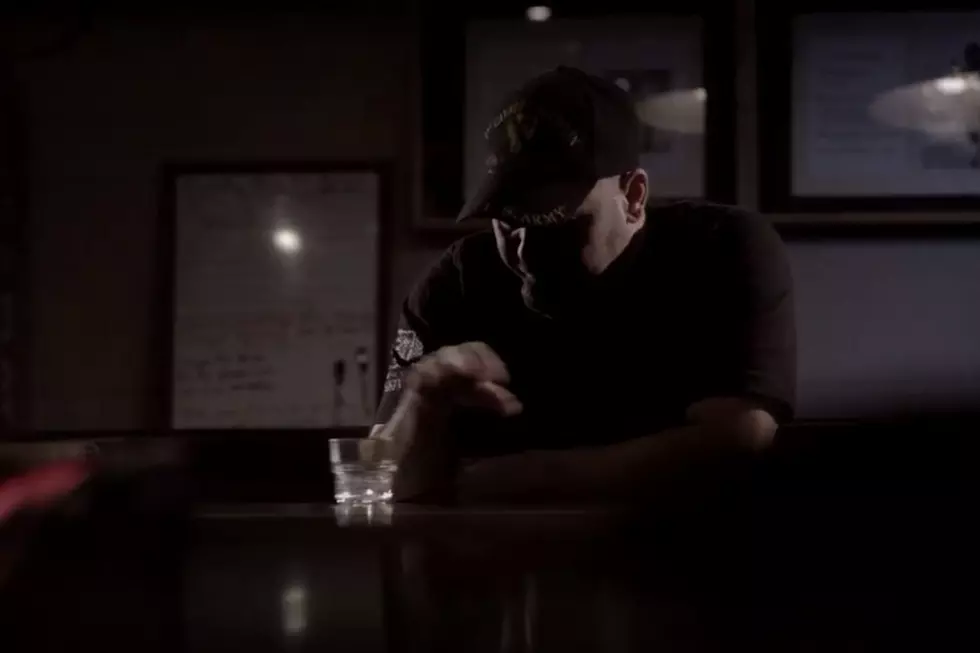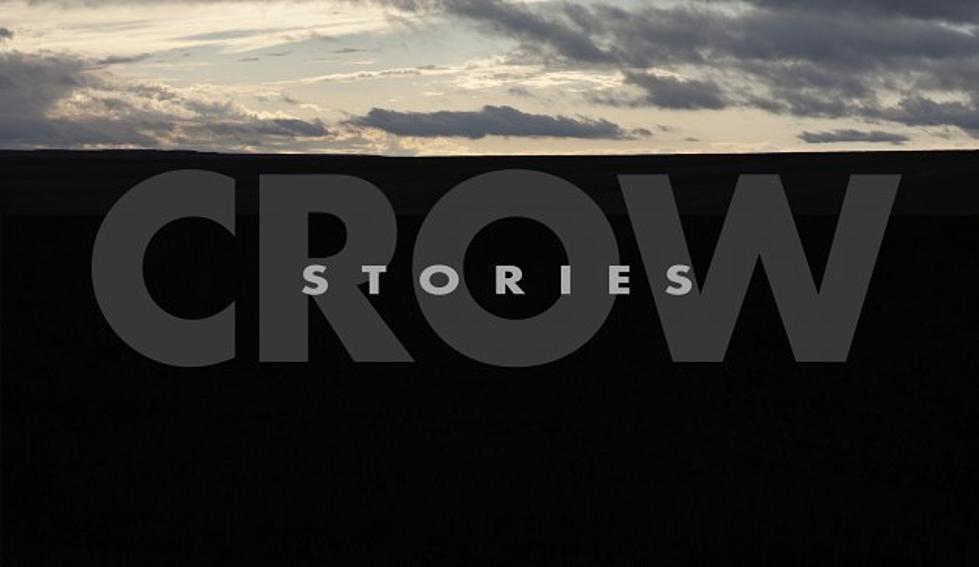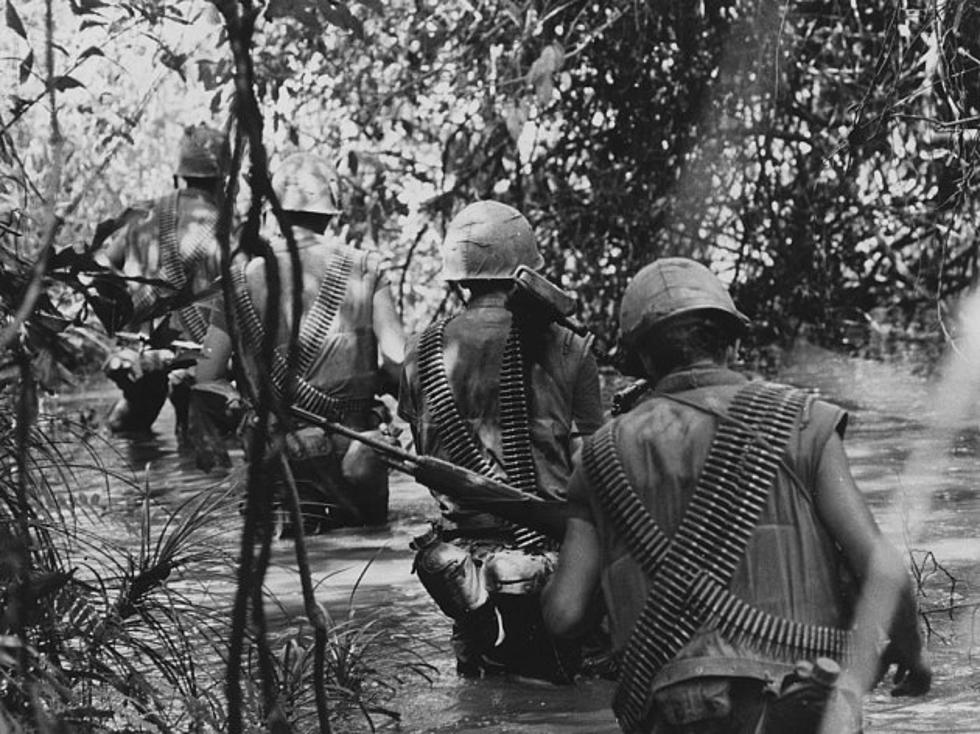
Why You Should See the Film ‘Saving 22′ This Weekend in Billings
Veteran suicide is a serious problem in the United States. You may have heard the sobering statistic from the Department of Veterans Affairs Mental Health Services Suicide Prevention Program that 22 vets commit suicide every day in the US. Perhaps you or one of your social media friends have participated in the 22 push up challenge, as a way to raise awareness of this tragic issue. While there appears to be some debate on the accuracy of 22 veteran suicides per day, even one per day is far too many.
Filmmaker Gary Otte shared his experience filming 'Saving 22'.
I ran into Gary last week at an event in Billings, where he gave me his card and asked if I would be willing to help spread the word about the next screening of the documentary, coming up Saturday evening (7/30) at the MSU-B library. Otto has a least 24 cinematography credits to his name, according to IMDB.
He's shot footage for TV and movies around the globe.
Originally from a small community in Kansas, Otte joined the military after high school, serving as a combat engineer in the Army. He used the GI Bill to go to school for filmmaking and his career has taken him literally around the world. He shared with me his experience working on a project in Sudan, a poverty-stricken, predominantly Muslim country where he found their humbleness and hospitality eye-opening. Another project allowed to him to visit 1/3 of all the islands in the Caribbean. You can watch the official trailer for 'Saving 22' below.
Otte's military background opened communication with vets in the film.
Many veterans may not feel comfortable talking about their traumatic experiences or about their feelings of despair and suicidal thoughts. Gary said his military experience allowed him to connect with the people he interviewed in the documentary. Over 100 hours of footage were recorded for the project, which began in 2018. Otte said most movies use a 10 or 12 to 1 ratio, which means for every hour of a movie you see on the screen, they filmed 10 hours of footage. The ratio for 'Saving 22' was closer to 50 to 1.

Who should see 'Saving 22'?
"I want everybody to watch it", said Otte. Veterans, their families, those in mental health professions, or really anyone that might be struggling. Gary raised the point that most of us have experienced some form of trauma. Just because we may have never had a bullet coming at us or witnessed a fellow servicemember get violently destroyed by an IED, doesn't mean we don't have struggles. Learning to watch for warning signs of suicide is important. When depression leads to neglecting basic human routines like taking a shower, brushing your teeth, taking out the trash, or getting out of bed, it's time to take action.
Last month, 9-8-8 became the official Suicide and Crisis Hotline number. Adaptive Performance Center in Billings offers a multitude of resources for veterans in our community. The documentary 'Saving 22' will be shown Saturday, July 30 at the MSU-B Library Room 148 at 6 pm. Expect to see the film on streaming platforms in the future.
LOOK: 100 years of American military history
More From 103.7 The Hawk






![Kurt Cobain: 21 Years Dead – Documentary Hits HBO 5/24 [VIDEO]](http://townsquare.media/site/124/files/2015/04/50851654.jpg?w=980&q=75)


